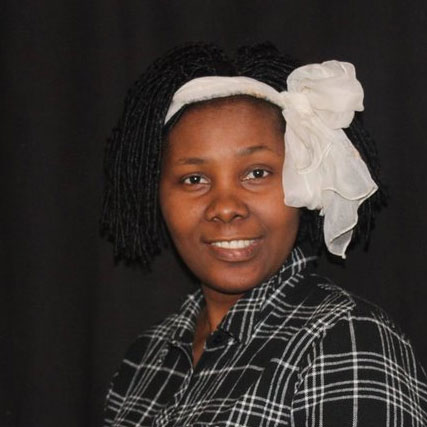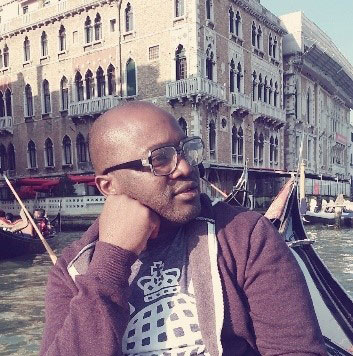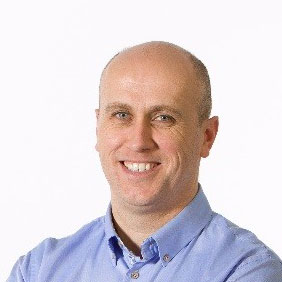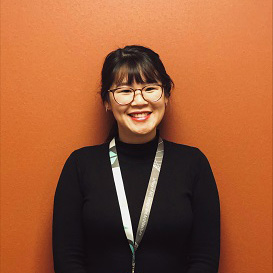The Innovative Design Lab Research Centre is supported by a range of research students.
A selection of past and present students can be seen below.

Giwa Falilat Jokotade
PhD Researcher
Supervised by Prof Patricia Tzortzopoulos

Morolake Ayo-Adejuyigbe
PhD Researcher
Supervised by Prof Patricia Tzortzopoulos and Prof Lauri Koskela
Benedict Okundaye
PhD
Supervisor: Prof Patricia Tzortzopoulos
When you are poor and have no home, it can feel like you are invisible – but in most Northern contexts, the government and charities provide certain safety nets. In African cities, it is free fall by comparison; nobody can hear or see you as you disappear without a trace.
In 2017 I travelled from the UK to South Africa to pay my wife’s lobola (bride price) in Gauteng. During the trip I witnessed a group of people erecting shacks on virgin land in an ill-defined area of the neighbourhood; it was two shacks the first day and ten by the next morning. I soon realised I was witnessing a phenomenon— the birth of a shantytown. Questions came to mind: why build at that location? What planning— formal or otherwise— took place before setting out the architecture? How were materials chosen and a build method adopted? This was a workflow conundrum, and the speed of this act of urbanism astonished me.
Building on a 2018 five-month study trip to South Africa, in which I sought to observe informal housing from an architectural standpoint, I aim to investigate the social and spatial dynamics of informal urbanism to contribute to more sustainable ways of building, incorporating indigenous concepts with mainstream methods. I conducted pilot workshops on material suitability. Methods adopted to date can be summarised as a mixed, practice-based approach combining social research with design-led participatory activities, backed up by policy auditing and drawing on wider urban studies debates. By developing these test studies into an extended doctoral project that explores the intersection between domestic micro-practices and the dynamics of informal construction and shack consolidation, my proposed research is offering pathways to better appreciation of spatial and social strategies adopted to bridge the gap between top-down and bottom-up housing processes in Africa.
Giwa Falilat Jokotade
PhD
Superviosr: Prof Patricia Tzortzopoulos
I am researching Lean Construction and Building Information Modelling (BIM) in SMEs with a focus on Quantity Surveying. Lean Construction is a production technique which has majorly been used in car production and less adoption in construction. Though with the little adoption, it has been recorded to produce less waste in construction (in time and resources). BIM on the other hand aims to create synergy between professionals involved in a construction in terms of design as well as construction stage. Quantity Surveying on the other hand is a profession that is concerned about the financial probity of a construction project. In line with creating a synergy, I seek to research how both construction methods can work hand in hand to build productivity and profitability for SMEs in the construction industry.
Kevin McHugh
PhD
Supervisor: Prof Lauri Koskela
The research will provide a basis for integrating lean commitment planning with digital data in the construction industry. The use of digital data will enhance a bottom up management process to allow construction managers identify trends and manage opportunities and risks that arise through the production process. This will allow construction teams and management teams to integrate at each level to manage and commit to planned tasks.
Collaborating in this way allows for more information to generated, it is noted that digitisation improved the standardisation of the planning and control process; use of indicators to assess compliance with planning; critical analysis of information; using an easy-to-understand and transparent master plan. The key for successful lean deployment is the reliability of the commitments and the ability to continuously improve these commitments.
Construction projects are designed and managed in a digital environment. Where construction organisations are trying to digitise processes across the construction lifecycle there still has been no measurable improvement of construction productivity. Therefore, without the proper thought and consideration given to the core organisational pillars – i.e. people and processes, the digitisation does not automatically solve the problems. In fact, if people and process issues are not addressed, digitisation may end up creating more problems than solving.
There is also the potential for adding waste into the digital control system. Gathering and processing data that does not add value with the potential of generating too much data, which if not accurate could also be wasteful. Gathering and using larger volumes of data from the place of work will require a greater involvement of production teams. Gathering and managing digital data allows teams to work remotely and does not require all team members to assemble physically to commit to planned work. However generating an increased volume of planned commitments requires discipline to manage and close out to ensure the quality of the data. Moreover, the management of digital data is now becoming challenging. Identifying the correct data and the correct measurement will be dictate how successful an organisation can manage the project.
Morolake Ayo-Adejuyigbe
PhD
Supervisors: Prof Patricia Tzortzopoulos and Prof Lauri Koskela
User's Value as Criteria in Decision Making in the Social Housing Upgrading Process
European countries are receiving increased attention for building renovation; this has resulted from ageing building stock and the need for sustainability in the building. The government cannot achieve the UK's target to reduce 80% of CO2 emissions without a significant aspect of retrofitting of existing houses. However, there is a broad argument on social housing retrofit as essential, but an insufficient understanding of the user's value might make the process difficult. It is, therefore, vital to understand user's value as a centric aspect in social housing upgrading amidst conflicting interest and experiences of participating stakeholder involved in upgrading. The research aims to assess criteria of user's value relevant in social housing upgrading decision making. The study will adopt the use of survey and interviews to gather information on user's value and the concept of Living Labs, which is a social innovation to support users' value through a collaborative process to validate and create solutions for upgrading. Mediation Strategies and tools to emphasis the visualisation of problems and solutions to support decision-making to help advance, capture and incorporate user values. The research will also adopt the use of boundary objects to assist in upgrading 'briefs' and support decision-making processes. The study aims to contribute to decision making in upgrading and increase understanding of the user's value to overcome the participatory process dilemmas. Users value will be defined and visualised through their environment and social issues with a link of their domestic life.
Quynh Anh Nguyen
PhD
Supervisor: Prof Lauri Koskela
Lean management application in the construction industry has been increasing drastically. However, the adoption of this method is facing numerous barriers, including resistance to change at both management and employee levels. My research focuses on introducing a recent Lean Management philosophy developed by Toyota - Ji Koutei Kanketsu (JKK). In English, the term JKK means "complete your own process." Its motto is "only passing defective-free on to the next process." This process supports the employee in increasing self-responsibility and confidence. The concept's simpleness makes it applicable in any environment. Even though the concept has received countless attention in the manufacturing industry, the construction industry has not experienced its effects.
This research aims to investigate JKK's applicability in the construction industry under the approach of Action Research. The research is set in a design consulting company that has worked on many construction projects in various sectors (buildings, highways, railways, etc.). Recent studies have neglected the Design Risk Management Process, which is the center of this research JKK implementation.
This research will contribute to expanding the knowledge of JKK and the Design Risk Management Process. It also creates opportunities for future research into JKK and its applicability in the construction industry.



